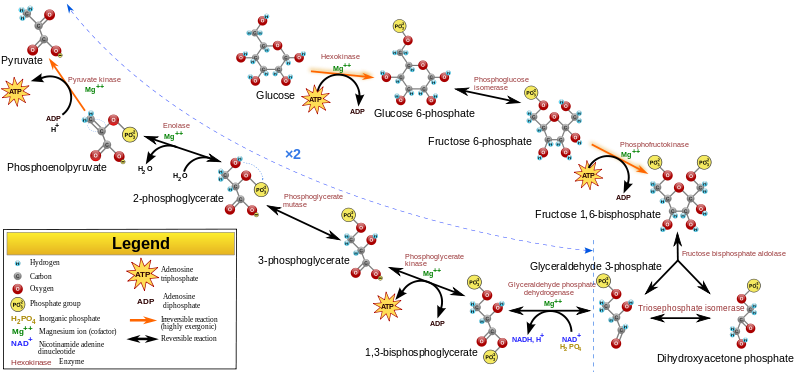This should come as no surprise — advances to our understanding of biochemical and genetic processes seem to make the news with ever-increasing regularity. Researchers seem to have found the mechanism for switching physical pain on and off in mammals. They recently succeeded in blocking and restoring pain signals in mice. And, through the same discovery have been able to restore the sensation in a woman who has an extremely rare condition that makes her unable to feel any pain. It’s all in the Nav1.7 sodium ion channel and in its regulation of opioid peptides.
Fascinating, but where will this lead us? And, more to the point, will there ever be a pill to end the interminable pain of the US political process?
From ars technica:
Physical pain is a near universal problem, whether its sudden pangs or chronic aches. Yet, researchers’ efforts to quash it completely have fallen short—possibly due to a moonlighting channel in nerve cells. But that may be about to change.
The sodium ion channel, called Nav1.7, helps generate the electrical signals that surge through pain-related nerve cells. It’s known to play a key role in pain, but researchers’ past attempts to power-down its charged activities did little to soothe suffering. In a bit of a shocking twist, researchers figured out why; the channel has a second, un-channel-like function—regulating painkilling molecules called opioid peptides. That revelation, published in Nature Communications, provided researchers with the know-how to reverse painlessness in a woman with a rare condition, plus make mice completely pain free.
The link between Nav1.7 and opioid painkillers is “fascinating,” Claire Gaveriaux-Ruff, a pain researcher and professor at the University of Strasbourg, told Ars. And, she added, “this discovery brings hope to the many patients suffering from pain that are not yet adequately treated with the available pain medications.”
That source of hope has been a long time coming, John N. Wood, lead author of the study and a neuroscientist at University College London, told Ars. Researchers have been interested in Nav1.7 for years, he said. Excitement peaked in 2006 when scientists reported finding a family who lacked the channel and could feel no pain at all. After that, researchers excitedly scrambled to relieve pain with Nav1.7-blocking drugs. But the drugs inexplicably failed, Wood said. “So we thought, well maybe this channel isn’t just a channel, maybe it’s got some other activities as well.”
Using genetically engineered mice, Wood and colleagues found that completely shutting off Nav1.7 not only made mice pain-free, it cranked up their amount of opioid peptides in nerve cells. These molecules are natural painkillers that help the body moderate pain responses. In these Nav1.7-lacking mice, opioid levels were extremely high, blunting all twinges and throbs. When the researchers gave the mice a drug that blocks those opioids, the animals could feel pain normally. (The opioid-blocking drug, naloxone, treats overdoses of opioid drugs, such as morphine and codeine.)
Even more promising, Wood and colleagues saw the same result in a person. The test subject, a 39-year-old woman with a rare mutation that shuts off Nav1.7, had been pain-free all her life. But, when the researchers gave her a dose of the opioid-blocking naloxone, she felt pain for the first time—the sting of a tiny laser. She was happy to go back to her normal, painless state after the drug wore off, Wood reported. But, she hopes that the drug treatment can be used in children with the pain-free condition to keep them from unknowingly injuring themselves.
Read the entire article here.


